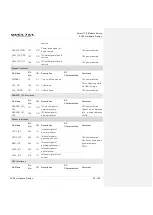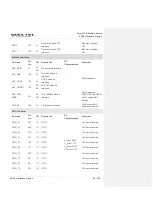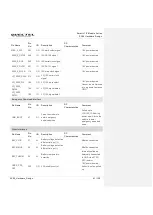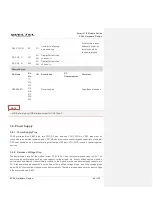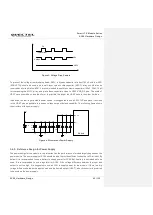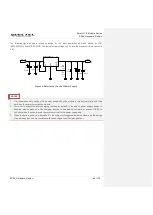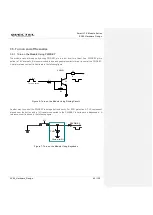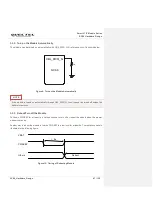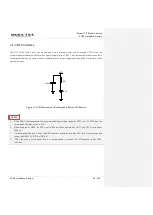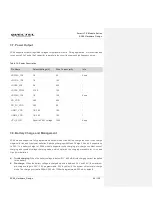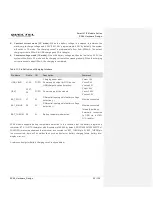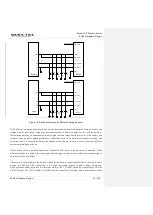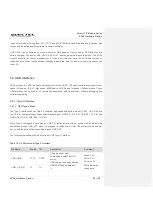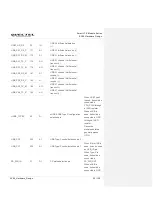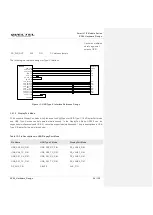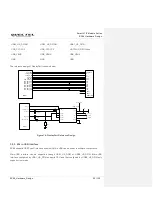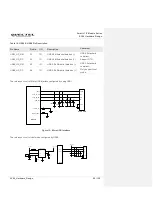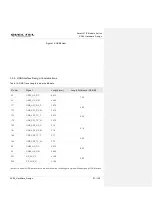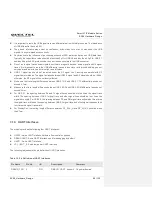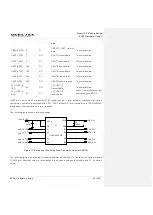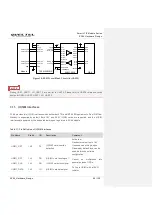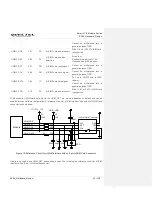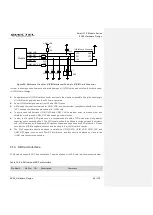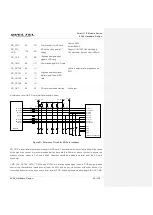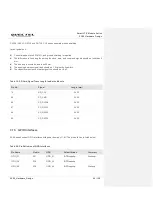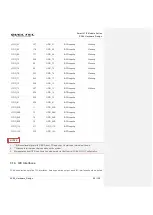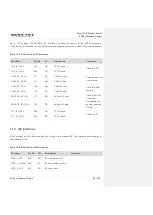
Smart LTE Module Series
SC66 Hardware Design
SC66_Hardware_Design 52 / 139
in use of the module. Among them, BAT_PLUS and BAT_MINUS are used for battery level detection, and
they should be routed as differential pair to ensure accuracy.
USB_VBUS can be powered by external power or USB adapter, mainly used for USB detection and
battery charging. The input of USB_VBUS is 3.6V~10V, and the typical working voltage is 5V. The SC66
module supports the charge management of Li-ion and Li-polymer batteries, but different types or
capacities of batteries require different charging parameters, and the maximum charging current can
reach 3A.
3.9. USB Interfaces
SC66 provides two USB interfaces which comply with the USB 3.1/2.0 specifications and support super
speed (5Gbps) on USB 3.1, high speed (480Mbps) on USB 2.0 and full speed (12Mbps) modes. These
USB interfaces can be used for AT command transmission, data transmission, software debugging and
software upgrading.
3.9.1. Type-C Interface
3.9.1.1. USB Type-C Mode
The Type-C interface has one USB 2.0 compliant high-speed differential data pair (USB1_HS_DP/M) and
two USB 3.1 compliant super-speed differential data pairs (USB_SS1_RX_P/M, USB_SS1_TX_P/M and
USB_SS2_RX_P/M, USB_SS2_TX_P/M).
When Type-C is plugged in right-side up, USB_CC1 will detect the external device, and the data will be
transmitted through USB_SS1; when it is plugged in upside down, USB_CC2 will detect the external
device, and the data will be transmitted through USB_SS2.
The following table shows the pin definition of USB Type-C interface.
Table 12: Pin Definition of Type-C Interface
Pin Name
Pin No.
I/O
Description
Comment
USB_VBUS
41, 42
PI/PO
Charging power input;
Power supply output for OTG
device;
USB/Charger insertion detection.
Vmax=10V
Vmin=4.0V
Vnorm=5.0V
USB1_HS_DM
33
IO
USB 2.0 differential data bus
(-)
90Ω differential
impedance.

